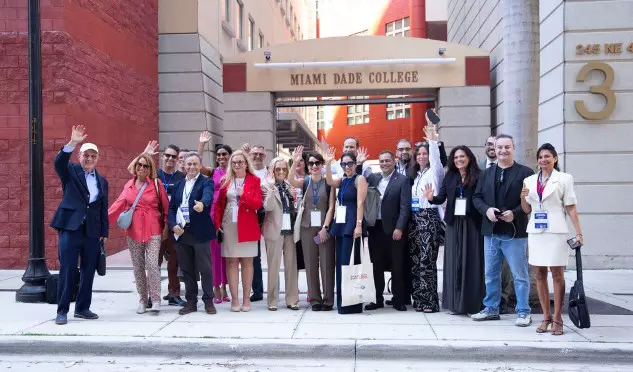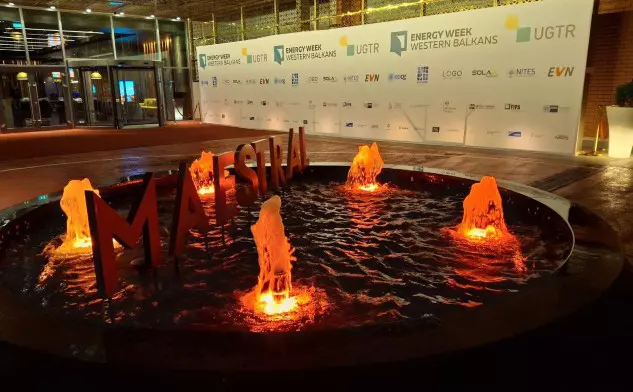From October 8 to 10, 2025, the Monte Rosa in Milan became a living ecosystem of ideas, innovation, and collaboration. The Sustainable Places Conference 2025 gathered over 440 participants from across Europe, representing more than 160 EU-funded projects. Across 28 clustering workshops, 8 paper sessions, and 6 thematic tracks, researchers, policymakers, and industry professionals explored what it truly means to build a sustainable, human-centered digital and industrial future.
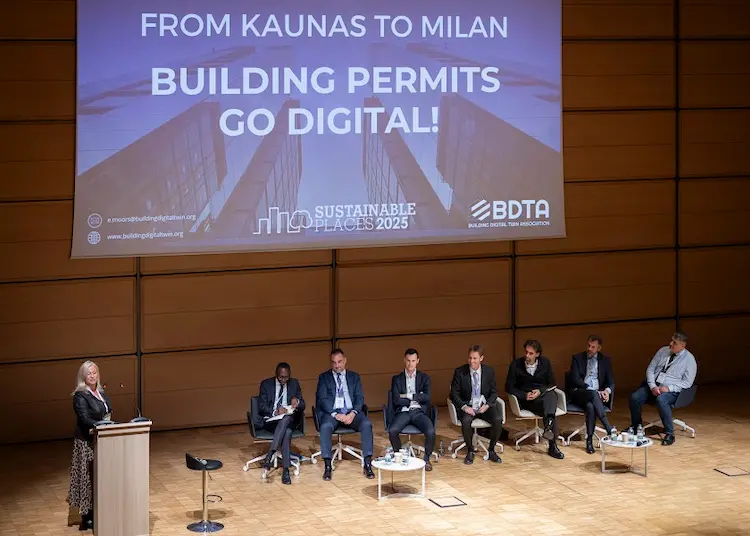
Towards sustainable 6G: greener digital futures
Among the event’s highlights was the workshop “Towards Sustainable 6G – Part II,” which brought together several Smart Networks and Services Joint Undertaking (SNS JU) and Horizon Europe projects, including 6G-TWIN, 6G4Society, CENTRIC, Coalesce, IN2CCAM, 6Green, 6G-VERSUS, and SUSTAIN-6G.
The discussion centered on how next-generation mobile networks can become a driving force for environmental sustainability. Topics included energy-efficient architectures, renewable energy integration, sustainable hardware, and life-cycle assessment methodologies.
A key outcome of the session was an agreement among projects to deepen collaboration in the coming months, launching joint actions to advance Europe’s greener digital transition.
Smart buildings and the аuture of SRI
Another major thread of discussion was the Smart Readiness Indicator: Market Uptake session, which focused on how Europe can make its buildings more intelligent and energy-efficient. It showcased a suite of digital tools and platforms developed to accelerate the SRI’s deployment across Europe.
- SRI2MARKET presented its online assessment platform and e-learning modules, offering dynamic scorecards for comparing building smartness across countries. The platform supports users in evaluating a building’s automation and control features and provides recommendations for improving SRI scores.
- easySRI introduced a comprehensive SRI assessment ecosystem. Its SRI Wizard guides assessors step by step, SRI Express enables rapid evaluations, and an integrated chatbot, SRI Assistant, offers instant help and contextual advice. A built-in recommendation engine translates results into actionable retrofit paths, while the platform’s multilingual support ensures consistency across all EU Member States.
- SmartSquare showcased the SRI Observatory, a live database for tracking the progress of SRI implementation across Europe. It also introduced Smart Ready Go!, an open-access tool for self-assessment, and the Smart Readiness Virtual Training Centre, offering accredited modular training on EU-standardised audit procedures (CEN-CENELEC Workshop Agreement 18193).
- EVELIXIA demonstrated the SRI Advisor tool, using a real-time demo to generate personalised smart upgrade recommendations. Participants tested the tool and provided direct feedback on user experience and data integration options.
- iEPB presented the StandAlone SRI calculation engine, built on a common data model ensuring interoperability between building performance platforms. Coupled with the iEPB web app, it allows users to visualise SRI results alongside broader energy performance indicators.
- SmarterEPC revealed a combined EPC–SRI digital interface, standardising data collection and certification across Member States. Its toolkit includes templates for unified EPC/SRI certificates and a support centre to help policymakers and auditors integrate the methodology into national systems.
Collectively, these initiatives demonstrated how digital tools can turn the SRI from a policy concept into an operational standard.
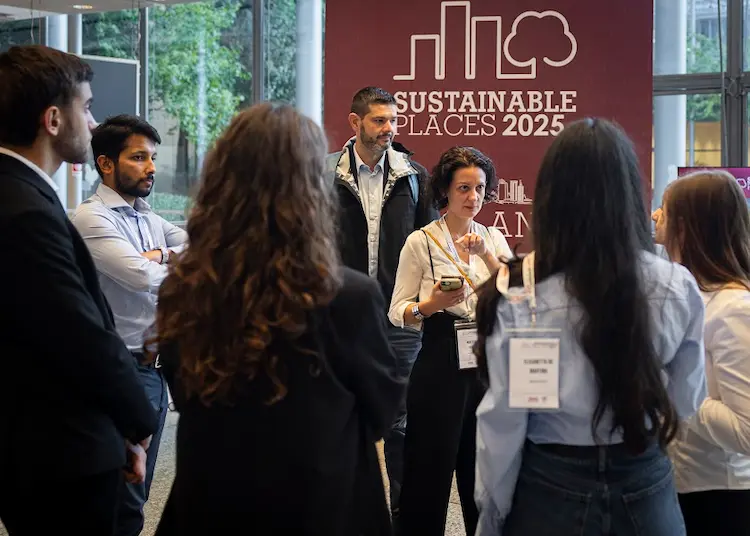
Data-driven energy transitions
Another key theme was using Digital Twins and advanced analytics to accelerate Europe’s energy transition. The workshop “Data-Driven Approaches for the Energy Transition” showed how interoperable digital platforms improve decisions across increasingly complex energy systems.
As electricity, heat, gas, and hydrogen networks grow more interconnected, participants explored how digital twins, predictive modeling, and data integration can help planners manage this complexity. Projects demonstrated tools that merge real-time and historical data to simulate system behavior, test infrastructure options, and align investments with climate and market goals.
Speakers also tackled resilience in digitalized energy systems, showing how built-in modeling tools strengthen situational awareness and response under cyber-physical threats. Discussions then turned to flexibility management and citizen participation. New platforms now enable prosumers to join demand-response markets through transparent data sharing and intuitive user interfaces. Several teams presented work on energy data spaces and co-creation platforms that build public trust and engagement in the digital energy shift.
By connecting researchers, operators, and policymakers, the session underlined one message: data governance, interoperability, and social acceptance are as vital as technology in achieving a sustainable, secure energy future.
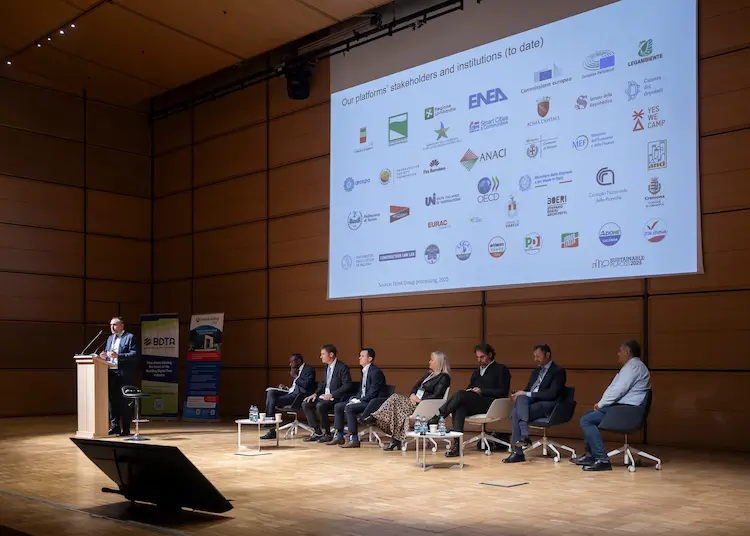
Industry 5.0: human-centered innovation in action
As the world moves beyond Industry 4.0, the conference emphasized that Industry 5.0 represents not just a technological leap but a philosophical shift. It’s about placing people and sustainability at the core of industrial transformation.
The “Industry 5.0: Human-Centered Innovation” workshop showcased five pioneering European projects, RaRe2, RESTORE, MULTIMOLD, openZDM, and Platform-ZERO, as real-world laboratories for resilient and circular production systems.
Each initiative offered a unique perspective on sustainable manufacturing:
- RaRe2 explored rapidly reconfigurable factories designed for adaptability and resilience.
- MULTIMOLD advanced sustainable-by-design injection molding, aligning materials innovation with environmental goals.
- OpenZDM and Platform-ZERO presented zero-defect digital platforms, mixing automation and human oversight to improve both quality and resource efficiency.
These projects reflect a shared European commitment to innovation that respects both workers and the planet.
The workshops and thematic tracks at Sustainable Places 2025 fostered not only knowledge exchange but also new alliances across sectors. Stakeholders from academia, industry, and public institutions discussed best practices, policy alignment, and funding opportunities for projects bridging the green and digital transitions.
This year’s conference also marked a clear trend: cross-sector integration. Whether in energy systems, mobility, or data infrastructure, sustainability challenges increasingly require interconnected solutions, ones that blend engineering, behavioral science, and governance.
Read more about conferences and exhibitions here.

